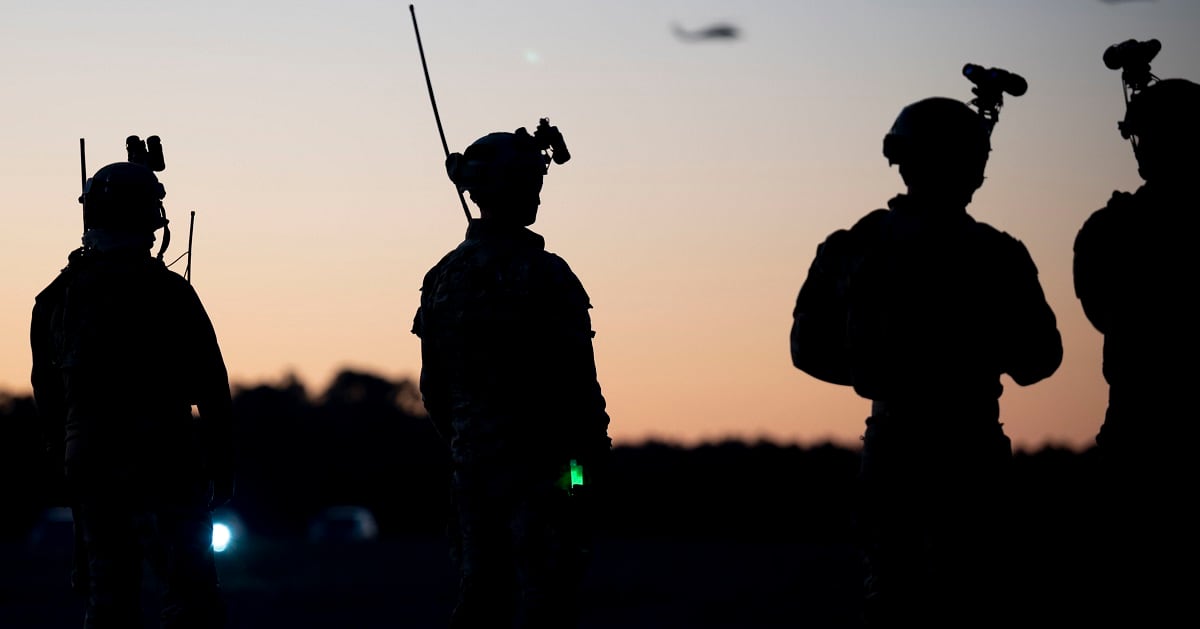More than five years after the Defense Department lifted its ban on women in ground combat roles, the Air Force hasn’t managed to move the needle on female representation in the remaining all-male career fields.
The Pentagon in 2013 began the process of allowing women into ground combat assignments in special operations and long-range reconnaissance units, including nearly 5,000 Air Force positions that had been closed to female airmen. Those jobs spanned special tactics officers, combat rescue officers, enlisted special reconnaissance airmen, combat controllers, enlisted tactical air control party airmen and pararescuemen.
“The Air Force is firm in its belief that removing any remaining restrictions to service will improve its ability to defend the nation and carry out our mission to fly, fight and win,” then-Air Force Secretary Michael Donley wrote in a 2013 memo. “The Air Force will lean forward on this initiative.”
But though the Jan. 1, 2016, deadline to fully let in women is long past, they are still a rarity in parts of Air Force Special Operations Command.
There are now about 4,000 total active-duty special warfare billets, plus around 1,600 in the Air National Guard and Air Force Reserve.
As of April, USAF had two female TACP officers and four female survival, evasion, resistance and escape specialists — fields that were available to women before the rest of special warfare opened up, the service said.
In the remaining fields, 17 enlisted women and three female officers have started special warfare training since 2015, Air Force spokesperson Lt. Col. Lindy Singleton said. None have finished the program and joined the operational force.
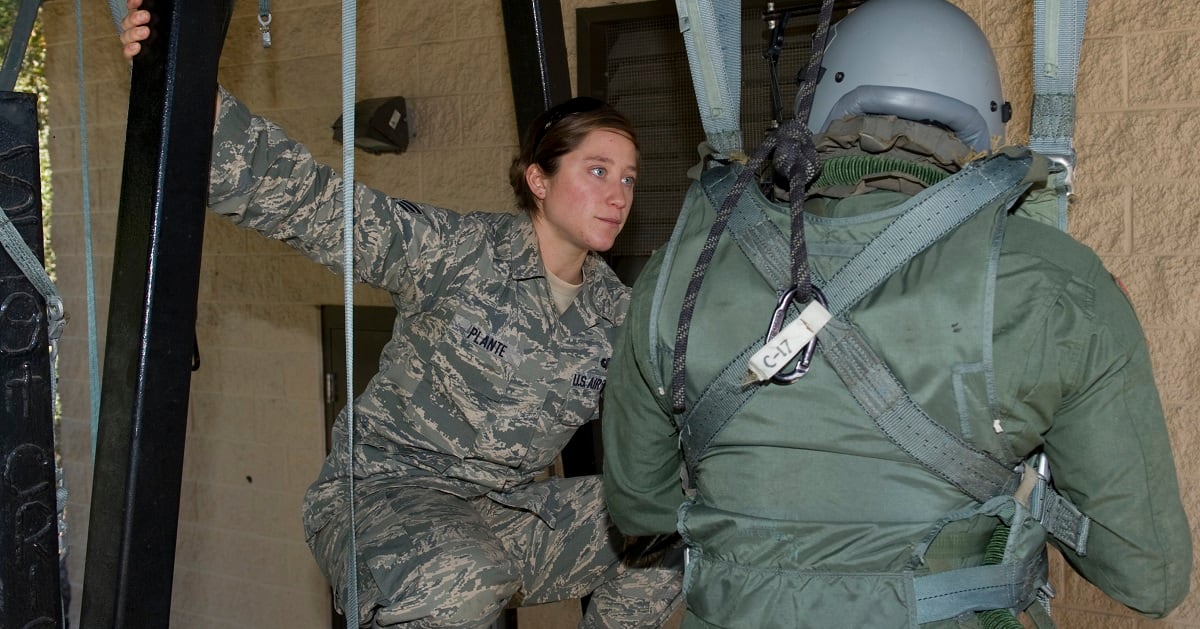
Candidates commonly pull themselves out of training, fall short of the standards, or get hurt, Singleton said. That’s true for both men and women.
RELATED
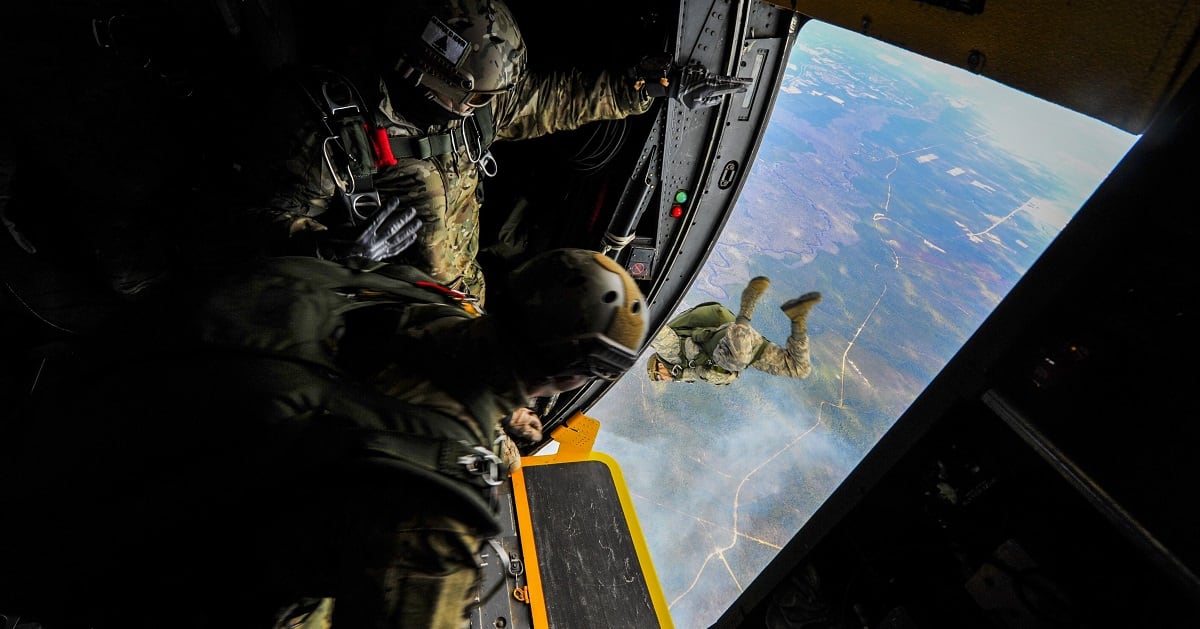
The Air Force recently said it would have four women — two enlisted and two officers — in training to become combat controllers and special tactics officers by summer. If all succeed, it would nearly double the number of women in special warfare.
Air Force special warfare includes some of the service’s most elite and toughest career fields. Those airmen must undergo intense training that prepares them to deploy to battlefields for ground operations alone or with a unit.
They work apart from the traditional air base support, logistics and aircraft sorties handled by the rest of the Air Force. In the case of combat controllers, they set up remote airfields while conducting air traffic control, calling in airstrikes, and more. Special tactics officers handle tasks like directing international coalition forces in assault zones, combat search and rescue, and battlefield trauma care.
Thousands of women serve in other careers across AFSOC, and of the armed forces, the Air Force appears to have most successfully moved women into special-operations leadership positions.
“AFSOC has female wing commanders, AFSOC operations chiefs, squadron commanders, command chief master sergeants, and first sergeants,” wrote Army Maj. Nicole Alexander and Lyla Kohistany, a Navy veteran and nonresident senior fellow at the Atlantic Council, in a 2019 commentary for the Center for a New American Security.
One of those women is Col. Allison Black, vice commander of the 24th Special Operations Wing at Hurlburt Field, Florida. She served as a SERE specialist before becoming a navigation officer and flying in the AC-130H Spectre gunship and the U-28A Draco reconnaissance plane.
Black earned the nickname “‘Angel of Death’ for her skills while flying an AC-130 gunship into Northern Afghanistan’s insurgent territory in 2001,” Alexander and Kohistany said. “She provided critical cover and fire to the U.S. special operations teams and Afghanistan’s Northern Alliance fighters on the ground.”
RELATED
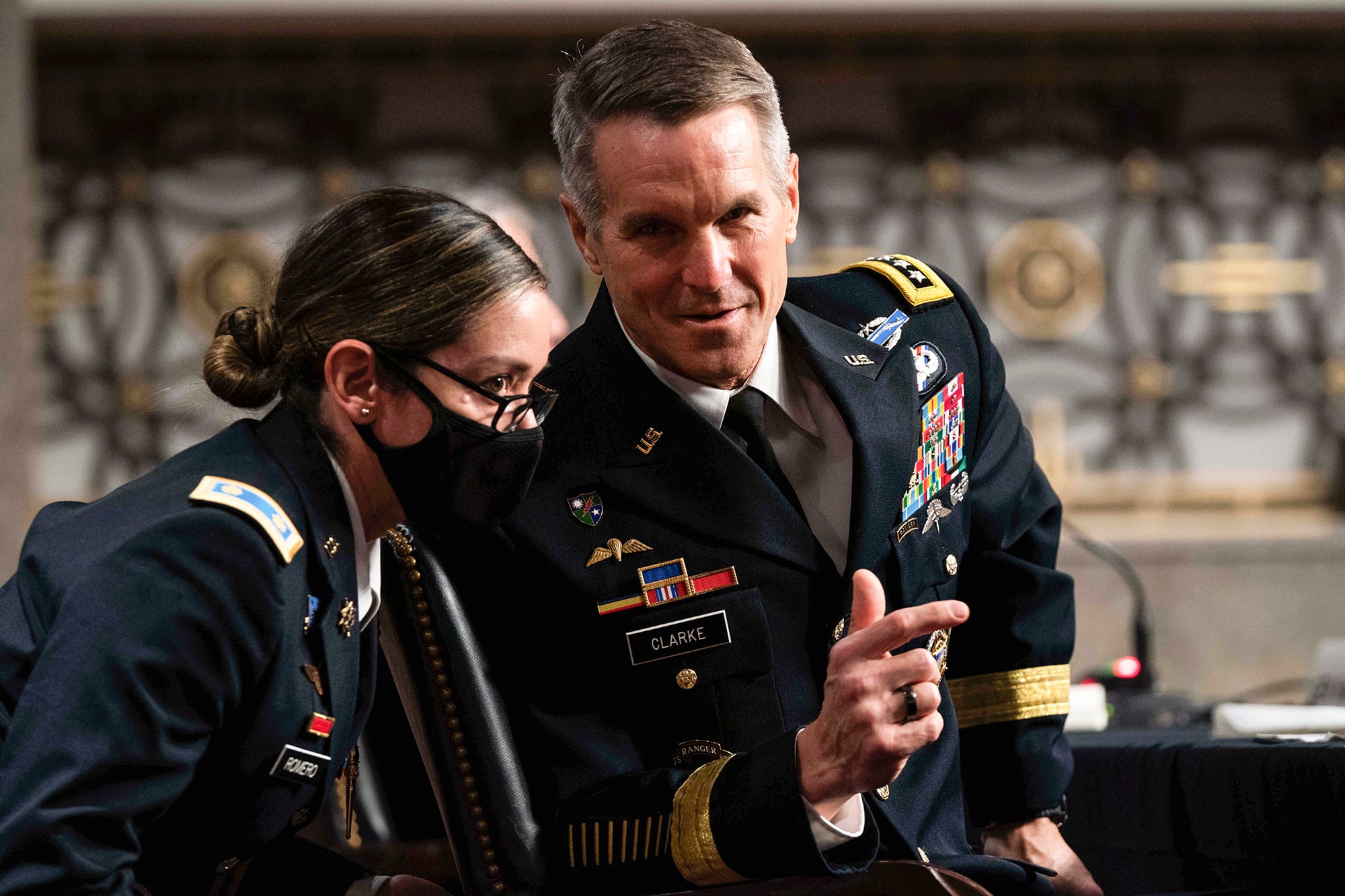
The colonel recalled the day that ground combat jobs began opening to women, after she had been serving in combat aviation roles for years. Though glad about the change, she knew it would be a slow process.
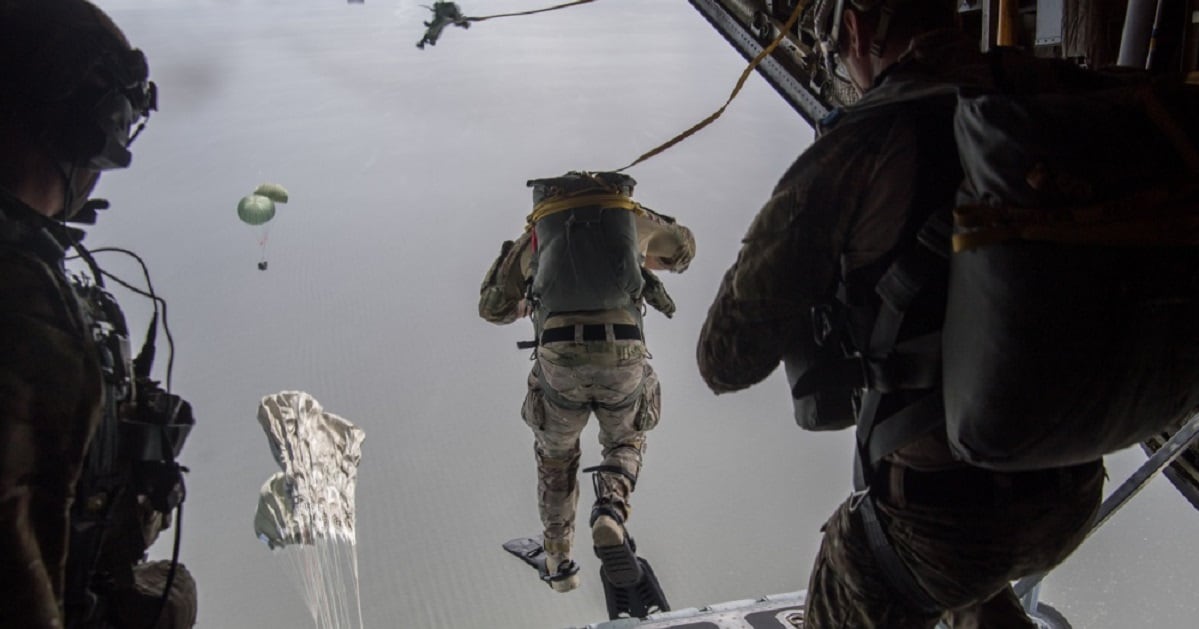
“I think the sense was … these were going to open and women were going to flood in,” Black told Air Force Times. “I knew that wasn’t going to happen.”
Time proved her right. The Air Force says a lack of interest is to blame for the holdup in getting women into those jobs.
“An Air Force Inspection Agency query for fiscal year 2020 found zero findings related to the issues with integration of women in AFSPECWAR specialties,” Singleton said. “Despite gender-neutral [fitness] standards and the expanded recruiting and development efforts … the number of women who have expressed interest and the number of women who ultimately apply has remained small. This trend holds true for the AFSPECWAR specialties that have always been open to women as well.”
AFSOC recruits its members from the broader Air Force, so the service must advertise special warfare to both its own members and the American public. There’s still plenty of people in the Air Force who don’t know what AFSOC entails, and marketing budgets can’t reach everyone.
In 2018, the Air Force created an Air Force Recruiting Service squadron focused on finding, recruiting and preparing special warfare candidates. It targets women’s sports teams and competitions such as swimming, water polo, gymnastics and track, while also mining the CrossFit and Spartan obstacle course race communities. The service has recruited from events like the Miami Air Show and the Nissan Super Girl Surf Pro competition as well.
The same year, USAF created a Special Warfare Training Wing to offer initial skills training for those fields.
“The Training Wing employs a broad range of human performance optimization methods and capabilities tailored to the developmental needs of individual candidates, both male and female, to maximize physical and mental resilience,” Singleton said.
Those recruiting and training initiatives are starting to have a positive effect on the special warfare pipeline. But recruiting qualified candidates of any gender who want one of those careers remains a challenge.
RELATED

An easy fix that could have a big impact is giving U.S. Special Operations Command and its components more power over who they bring in, said Emma Moore, an expert on military personnel policies and readiness currently at the Brute Krulak Center for Innovation and Creativity at Marine Corps University.
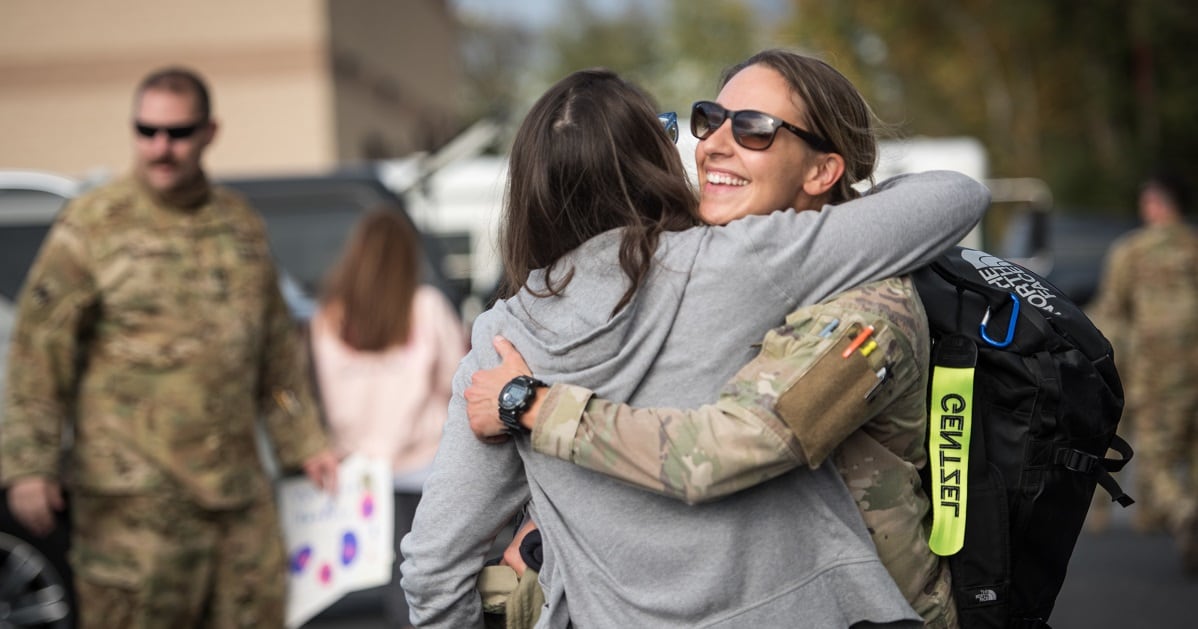
That would allow for a more tailored approach to recruiting women and create a more direct path to those fields instead of risking losing a good candidate in the larger Air Force jobs shuffle.
Some believe the service also needs to rethink how it messages AFSOC to women — portraying it as tough but not overtly masculine, and difficult but attainable.
Military recruitment should work harder to counteract narratives that special ops members are “big, muscly, bearded men shooting things,” while women are administrative staffers, intelligence analysts or a romantic interest, Moore said.
It’s possible that more women may look to special warfare as AFSOC tries to redefine itself for an era of more-digital military competition with Russia and China rather than sprawling, physical counterterrorism ops in the Middle East.
Women like Black could be drawn in by the chance to do something they know nothing about and that puts them outside of their comfort zone.
“They really have to want to hang out with a bunch of dudes their entire career doing this job, and not a lot of women want to do that,” Black said. “You really have to be dedicated to a certain lifestyle that ground operations gives, and that creature comforts aren’t in the job description.”
She believes special warfare isn’t too far from getting its first women, as female recruits are coming in better prepared than ever before.
For example, the Air Force launched a pre-training strength and conditioning program to help any special warfare candidate get ready to vie for an ops spot. It considers a person’s current fitness level, gender and medical history to tailor the prep course to their needs.
And while there are few female role models leading the way within special warfare, Black has seen the community of women in AFSOC increasingly claim their right to be there.
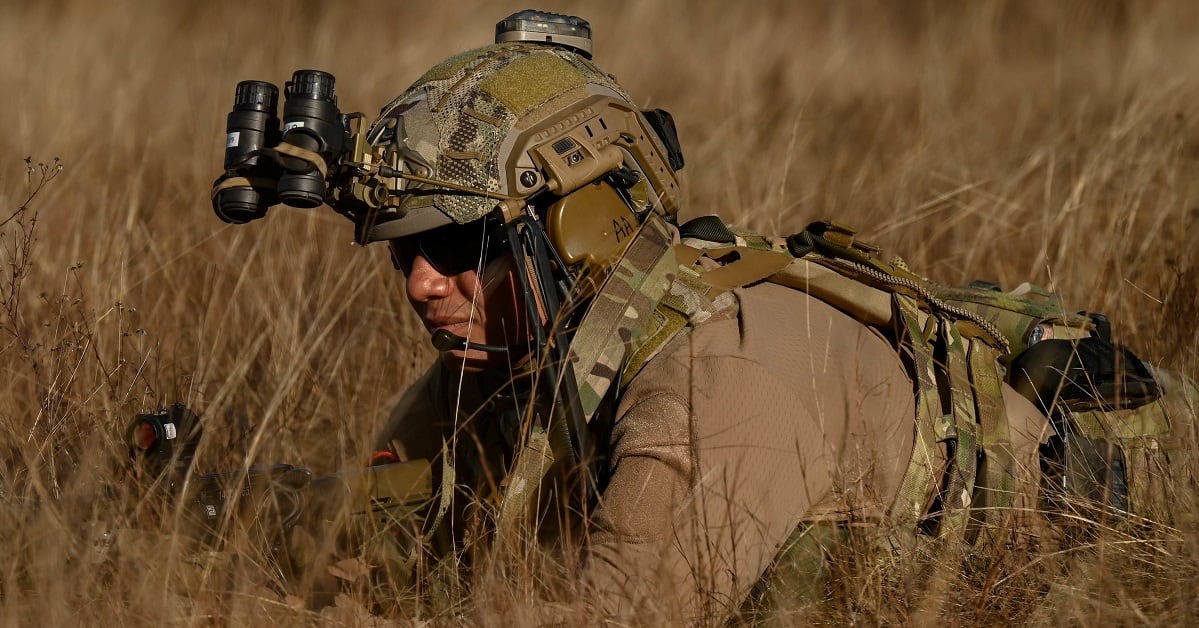
“I think it’s pretty normal for us to doubt our ability, and maybe more so when we don’t have a lot of others that look like us around,” she said.
Black is optimistic that the Air Force’s efforts to improve quality of life for its airmen, like halting a scheduled move until summertime to avoid uprooting children in school, will have a positive impact on women in AFSOC’s small, demanding professions.
“By understanding their challenges — whether it’s a single parent, whether it’s a [dual-military] couple, whether it’s balancing an active-duty member and a civilian, and trying to get them in an assignment as close to their elderly parents, or job market, really helping them navigate personal and a professional balance — I think they’re staying,” she said.
The Air Force has begun taking women’s needs into account when deciding what special warfare equipment to buy and how it should fit, supplies on base, and the facilities themselves. Mentorship opportunities can also expand as women increasingly look to take on their unique barriers to service, and as social media makes it easier to connect.
Moore said the Air Force can learn from the Navy’s effort to recruit and keep women in the submarine force through intentional mentorship and support. That boosts equity rather than simply relying on equality to level the field, she said.
Similar initiatives can also address areas where women may have been passed over due to sexism or personal commitments like caretaking, causing them to miss a helpful educational or professional opportunity.
Work-life balance issues are particularly pressing in the special operations world, which skews older than the rest of the Air Force. Women who might be considering marriage or having children in their late 20s or 30s could turn down a chance to work in special warfare if they see the two as incompatible, Moore said.
“I have a lot of discussions lately about women’s retention, and even my own personal challenges of, should I stay or should I go?” Black added. “How do I balance the desire to want to be present with my boys as they grow up in my family, versus my desire to serve and continue to impact the force that I’m around? Those struggles are real.”
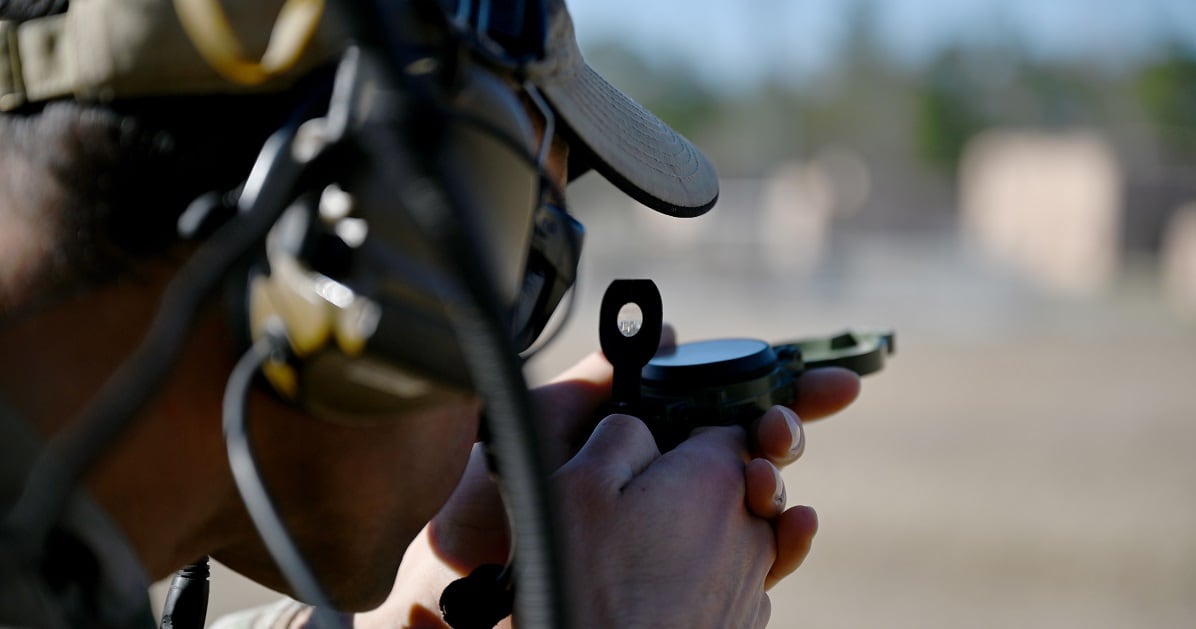
Airmen will need some time to adjust to a coed perspective once the first women break through the special warfare’s remaining glass ceiling, Black predicts. It may take practice not to make the female service members feel like outsiders.
“There’s a burden that comes with [being first], and we recognize it,” said Black, who has met some of the women currently in training. “I’m trying to help our organization understand how to embrace, but not glorify. You don’t need to make a big deal of that. … Just let her go.”
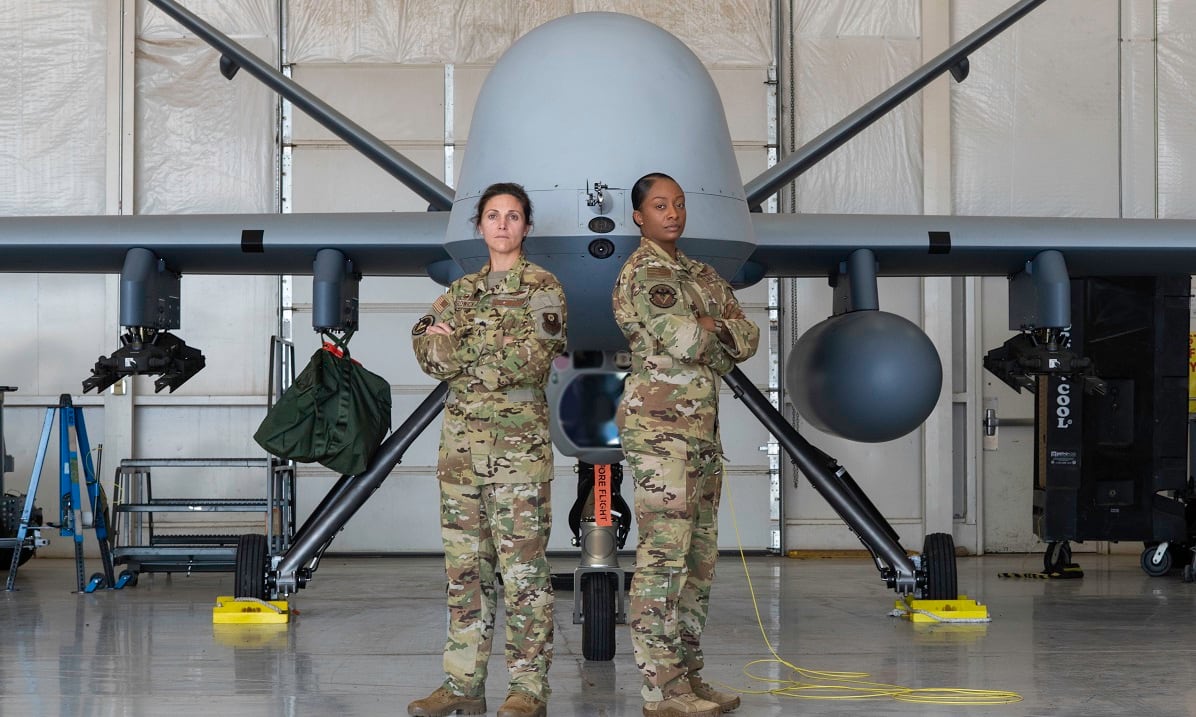
Rachel Cohen is the editor of Air Force Times. She joined the publication as its senior reporter in March 2021. Her work has appeared in the Washington Post, the Frederick News-Post (Md.), Air and Space Forces Magazine, Inside Defense, Inside Health Policy and elsewhere.
